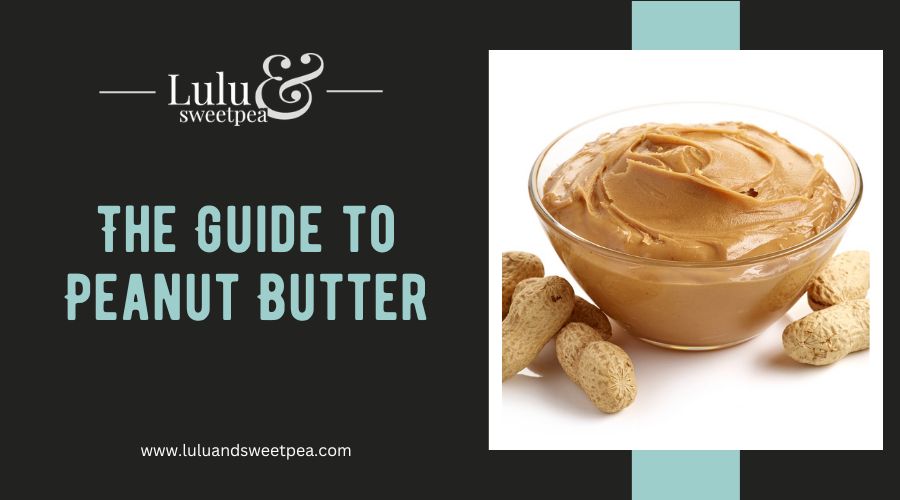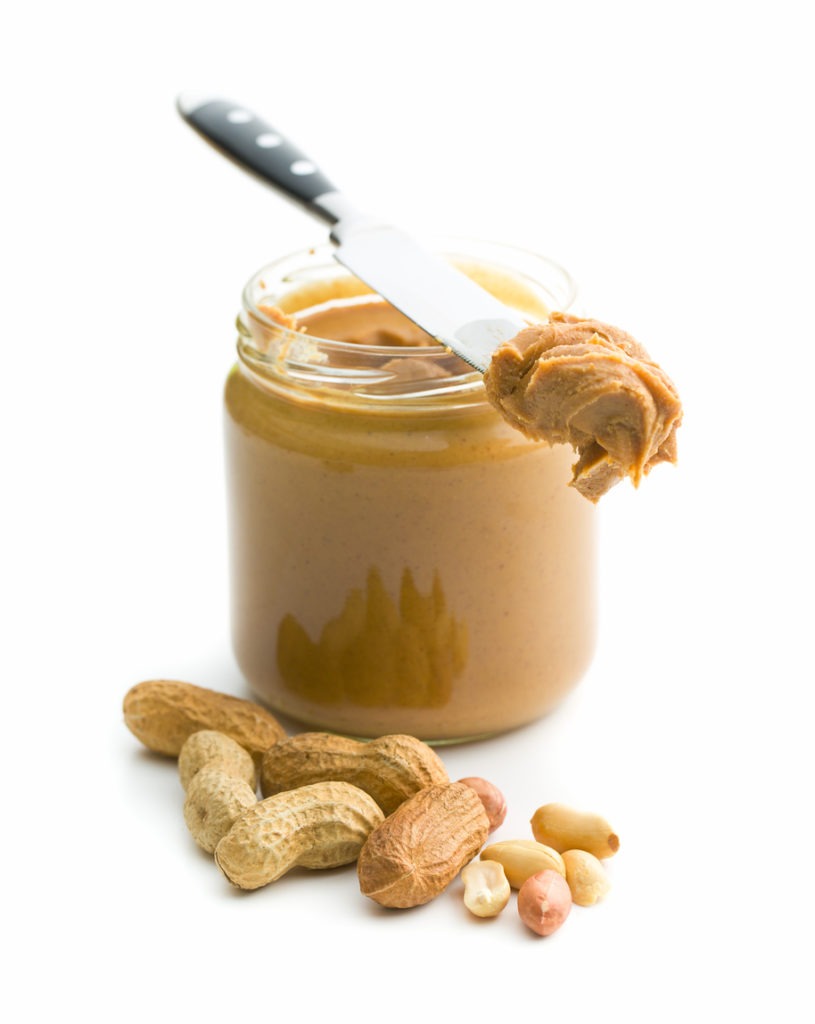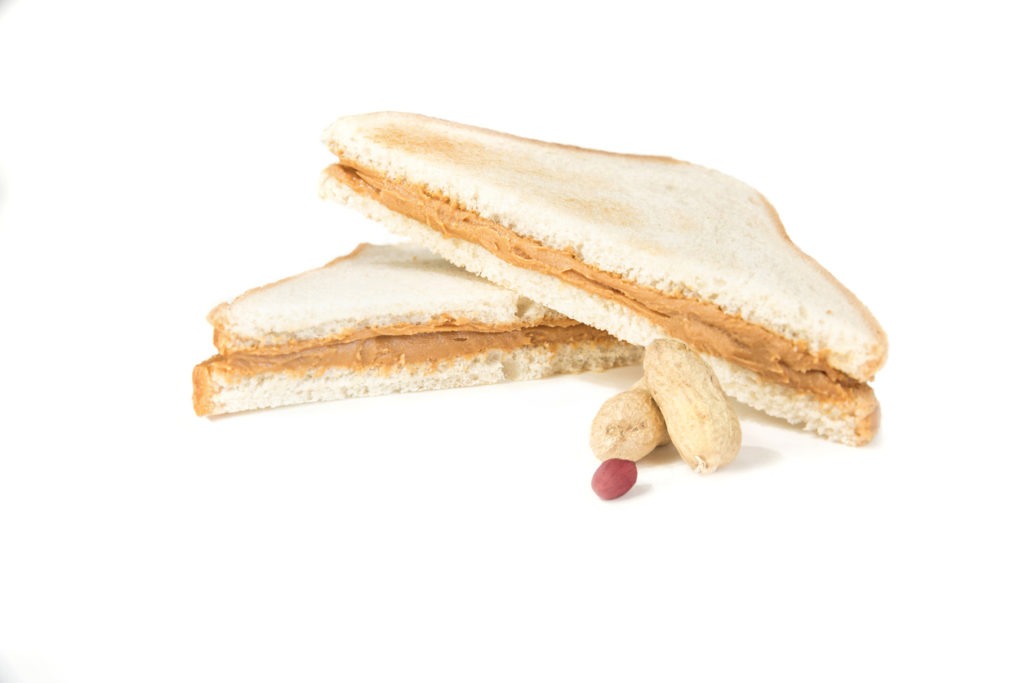There are few things in this world that are as delicious as peanut butter. Whether you like it on toast, in a smoothie, or straight out of the jar, there’s no denying that peanut butter is a crowd favorite.
Peanut butter has been around for many years, and it is no wonder this superfood has stood the test of time. Not only is it delicious, but peanut butter is also packed with nutrients that are essential to our health.
This guide will explore everything there is to know about peanut butter. We’ll discuss the different types of peanut butter available, how to make your own peanut butter at home, and some recipes that will take your love for this spread to the next level!
The History of Peanut Butter
There are different claims when it comes to the origins of peanut butter. One of the common theories is that it was first created by a New Yorker named Rose Davis, who started making it during the 1840s. Davis had the idea of creating the peanut butter after her son saw a woman in Cuba crushing peanuts into butter and spreading it to bread. This theory was stated by the food historian named Eleanor Rosakranse.
Another story suggests that peanut butter was actually created by Marcellus Gilmore Edson, a Canadian chemist who received a patent for his process of milling roasted peanuts into a “peanut candy” in 1884.
These theories are both plausible, as it lacks evidence that can truly prove who invented this smooth and creamy spread.
The most accepted story about the origins of peanut butter is the work of Dr. Kellogg. Dr. John Harvey Kellogg, the creator of cornflakes, was among the first people to experiment with peanut butter as a food product. He created a “peanut butter paste” that was intended to be used as a protein-rich dietary supplement for patients at his Michigan sanitarium in 1985.
Years later, peanut butter was publicly introduced at the St. Louis World Fair in 1904. It was an instant hit and started to gain popularity in the marketplace.
Today, there are several different brands and types of peanut butter available to choose from. Whether you like your peanut butter smooth or crunchy, sweet or savory, there’s a peanut butter out there for everyone to enjoy!
The Types of Peanut Butter
Now that we know about the history of peanut butter, let’s explore the different kinds of peanut butter that are available today.
The most common type of peanut butter is “smooth” peanut butter. This peanut butter is made by grinding roasted peanuts into a smooth paste. It typically contains around 90% peanuts, and the rest is made up of oils, salt, and sugar.
“Crunchy” peanut butter is another popular type that contains small pieces of peanuts throughout the spread. This type of peanut butter is made by adding roasted peanuts at the end of the grinding process.
“Old-fashioned” peanut butter is a type of crunchy peanut butter that contains peanuts that are ground into a coarse paste.
“Natural” peanut butter is made without any additives or preservatives. It is made with just one ingredient- peanuts! This type of peanut butter may have a slightly different texture and taste than what you’re used to, but it is a much healthier option for those looking to avoid added sugar and salt.
These are the common types of peanut butter. There are other unique peanut butter combinations that are becoming popular as well. Some of these include peanut butter with chocolate, peanut butter with honey, and even savory peanut butter spreads.
The Nutritional & Health Benefits of Peanut Butter
Whichever type of peanut butter you prefer, you’ll always enjoy the nutritional benefits that come along with it! Peanut butter is known as an excellent source of protein, dietary fiber, and healthy fats. It also contains vitamins and minerals. Here’s a detailed list of the nutrients that are found in peanut butter:
- Protein: Peanut butter is an excellent source of protein. A jar of peanut butter is usually made of 25% protein.
- Fiber: Peanut butter also contains fiber. It has a lot more fiber than whole peanuts.
- Vitamins and Minerals: Peanut butter is a good source of vitamins and minerals. It contains Vitamins E, B6, and niacin. Peanut butter also contains potassium, magnesium, and zinc.
- Healthy Fats: Peanut butter contains healthy fats, including monounsaturated and polyunsaturated fats. These types of fats can help to lower cholesterol and promote heart health.
- Lower Risk of Heart Disease: Peanut butter has been shown to help lower the risk of heart disease. This is most likely due to the healthy fats found in the spread.
- Improves Heart Health: Peanut butter has also been shown to improve heart health. This is likely due to the fiber, potassium, and magnesium found in the spread.
- Antioxidant: Peanut butter is excellent anticancer food. This is due to its antioxidant called p-coumaric acid.
- Helps Weight Loss: Peanut butter can also help with weight loss. This is due to the protein and fiber found in the spread. Peanut butter can help you to feel full and satisfied after a meal.
- Reduces Risk of Diabetes: Peanut butter has also been shown to reduce the risk of diabetes.
These are the nutritional and health benefits of peanut butter. There are a lot of reasons to incorporate peanut butter into your diet!
How To Make Your Own Peanut Butter
If you don’t want to buy commercial peanut butter, you can simply make one on your own! All you need is a food processor and some roasted peanuts.
Here’s a guide on how to make your own peanut butter:
1. Roast the peanuts. You can do this by spreading them on a baking sheet and baking them at 350 degrees Fahrenheit for about 10 minutes.
2. Allow the peanuts to cool before adding them to the food processor.
3. Add the roasted peanuts to the food processor and blend until they’re smooth.
4. If the peanut butter is too thick, you can add a little bit of olive oil, almond milk, or water to thin it out.
5. Add some salt to taste. You can also add honey or other sweeteners if you want sweeter peanut butter.
6. An optional ingredient you can add is chocolate. Simply add some melted chocolate to the food processor and blend until combined.
7. Store the peanut butter in a jar and enjoy!
As you can see, it’s really easy to make your own peanut butter at home. Plus, you can customize it to your own taste preferences.
How To Use Peanut Butter
Peanut butter is a versatile food that can be used in several different ways. Here are some ideas on how to use peanut butter:
- On toast or bread: Using peanut butter as a spread on toast or bread is the most common way to use it. You simply grab a jar of your favorite peanut butter and spread it on some toast or bread.
- In smoothies: You can also add peanut butter to smoothies. This will give the smoothie a creamy texture and a boost of protein. Simply add a spoonful or two of peanut butter to your favorite smoothie recipe.
- In baking: Peanut butter can also be used in baking. It can be used as a filling for pies or cookies or even as an ingredient in cake or brownie recipes.
- In savory dishes: Peanut butter can also be used in savory dishes. It can be added to sauces or used as a coating for chicken or pork.
- Eat it raw: Peanut butter can also be eaten straight from the spoon. If you’re looking for a quick snack, simply grab a spoon and dig in!
These are some of the ways to use peanut butter. There are many uses for this versatile ingredient. You can be creative and use it in many other ways you like.
Final Thoughts
Peanut butter has been around for hundreds of years and is a beloved food by many. Not only does it taste great, but it’s also packed with nutrients that can offer various health benefits. Peanut butter is a flexible food that can be used in many different ways. So, next time you’re looking for a quick snack or want to add something new to your baking repertoire, consider using peanut butter!


